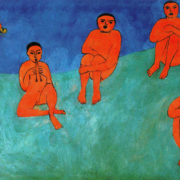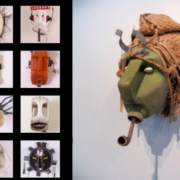C.I.P.R.E.S. contribution to rehabilitation in multifamily psychoanalysis’ approach
Abstract
In this paper, which integrates narrative moments, theoretical approaches and methodological aspects, the author focuses on the centrality of the Multifamily intervention (initially in the form of Assembly and later as Multifamily Group of Psychoanalysis) in the organization and practice of rehabilitation Day Care Center C.I.P.R.E.S., one of the first rehabilitation services in Uruguay.
Born in the delicate phase of recovery after the heavy democratic dictatorship, the Centre is organized around the needs of free exchange, tolerance and dignity of existence expressed by operators and patients, which gradually unite the voices of family members to this meeting structure (the Multifamily Assembly) that, accepting the ancient democratic needs, integrates them with its own methodological elements of the therapeutic groups, and enriches through the Multifamily dimension. From the beginning, peculiar phenomena highlighted, such as the emergence of multiple and complex transference, which can not be explained and elaborated with the only recourse to classical psychoanalysis, or managed in terms of traditional psychiatry. It is a personal encounter with the author J.G. Badaracco, which occurred in 2005, that will start the transformation in Multifamily Group of Psychoanalysis. This article analysed how the work on mutual dependencies and the discovery of the virtual sound of each participant, when possible, the Group operates as a “expanded mind”, allowing a different and more meaningful use of the term care, has always been very controversial in the field of psychiatric. In the concluding part the article shows the active function of Psychoanalysis Multifamiliar area within the C.I.P.R.E.S. and the program PANACEA: Assistance Activities, Training, Research, special attention is paid to the cooperation and exchange with other agencies (health, academic, institutional) to promote the use of Multifamily Psychoanalysis in care and social integration and to facilitate the training of new operators.







